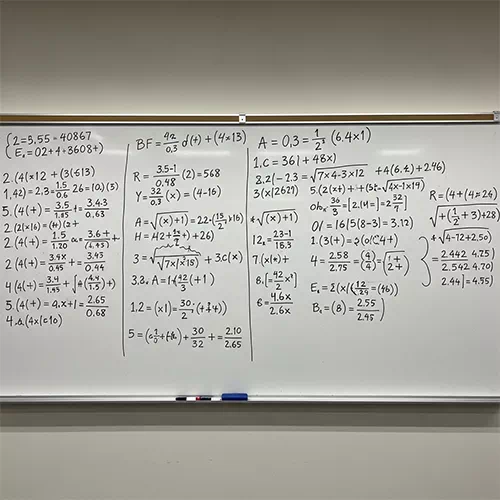
In our daily lives, we constantly encounter numbers, and often, these numbers include decimals. Whether we’re taking precise measurements for our home or performing currency conversions, accuracy right down to the decimal point is crucial. But how do you correctly spell out a number like 12.345? This guide will focus on the most common and practical way to verbalize and write decimal numbers: the ‘point’ method.
The Simple Power of the “Point” Method
The “Point” method is the most straightforward way to translate numerical decimal inputs into precise word forms. It’s the most widely understood and used method across various practical contexts, both in professional environments and in our everyday lives. Its simplicity is its strength, making it an excellent choice for clear and unambiguous communication.
The “Point” Method: Reading Decimals Digit by Digit
When reading or writing a decimal number using the ‘point’ method, you first read the whole number part, then say ‘point,’ and finally, read each digit after the decimal point individually.
Here are a few examples:
- 3.14 becomes “three point one four”
- 0.5 becomes “zero point five”
- 123.456 becomes “one hundred twenty-three point four five six”
- 1,234.56 becomes “one thousand two hundred thirty-four point five six”
This method is often preferred for its clarity, especially when the precision of individual digits is important or when verbally communicating long numbers. It allows for easy, unprocessed reading of the decimal portion, making it simple for both the speaker and the listener to understand without introducing the complexities of “and” or “hundredths” in the decimal part.
Where the “Point” Method Shines
The “Point” method is widely adopted across diverse fields:
- Scientific & Engineering Contexts: It’s frequently used for measurements, tolerances, and chemical formulas. For instance, a pH of 7.4 is commonly read as ‘pH seven point four.’
- Technical Specifications: From product dimensions to code values, the “Point” method ensures exactness.
- Data Reporting: It’s the go-to method for presenting statistical figures or survey results in a clear, concise manner.
- Casual & Verbal Communication: When you need to be precise without resorting to more complex fractional terms, the “Point” method is your best choice.
While the “Point” method is incredibly versatile and widely understood, it’s worth noting that a more formal “place value” method also exists to express decimals. For example, 0.25 might be read as “twenty-five hundredths.” However, this can be more complicated than the direct “point” method, which is precisely why the ‘point’ method remains highly popular and effective for clear communication.
Convert Your Decimals with Ease!
With our online Number to Words Converter, you can effortlessly convert numbers, even those with decimal points, into words using the precise “Point” method. Our converter helps you:
- Eliminate human errorwhen manually spelling out digits.
- Ensure uniform formattingacross all your documents.
- Gain speedby instantly converting complex decimal numbers.
Stop guessing how to write out those precise numbers! Whether it’s for a scientific report, a technical specification, or simply clear communication, our ‘Number to Word Converter’ tool offers a quick and accurate way to convert any decimal number into its word form using the straightforward ‘point’ method. Just enter your number, and get the text instantly.